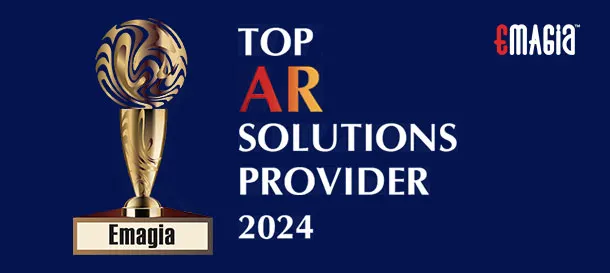Introduction to Writing Off Accounts Receivable
In the realm of financial accounting, managing accounts receivable (AR) is crucial for maintaining a company’s financial health. However, not all receivables are collectible, leading businesses to write off certain amounts. This article delves into the intricacies of writing off AR, exploring its significance, methods, and implications.
Understanding Accounts Receivable Write-Offs
An accounts receivable write-off refers to the formal acknowledgment that a specific amount owed by a debtor is uncollectible, necessitating its removal from the company’s financial records. This process ensures that the company’s financial statements accurately reflect the true value of its receivables.
Importance of Writing Off Uncollectible Accounts
Regularly writing off uncollectible accounts is vital for several reasons:
- Accurate Financial Reporting: Ensures that assets are not overstated on the balance sheet.
- Tax Implications: Allows businesses to claim deductions for bad debts, potentially reducing taxable income.
- Operational Efficiency: Helps in assessing the effectiveness of credit policies and collection processes.
Methods for Writing Off Accounts Receivable
There are two primary methods to write off AR:
Direct Write-Off Method
- Process: Recognizes bad debt expense only when a specific account is deemed uncollectible.
- Accounting Entry: Debit Bad Debt Expense; Credit Accounts Receivable.
- Considerations: This method does not adhere to the matching principle, as expenses may be recognized in a different period than the associated revenue.
Allowance Method
- Process: Estimates uncollectible accounts at the end of each period, creating an allowance for doubtful accounts.
- Accounting Entries:
-
- Estimation: Debit Bad Debt Expense; Credit Allowance for Doubtful Accounts.
- Write-Off: Debit Allowance for Doubtful Accounts; Credit Accounts Receivable.
- Considerations: Aligns with the matching principle, providing a more accurate financial picture.
Steps to Write Off Accounts Receivable
1. Identify Uncollectible Accounts
- Review aging reports to pinpoint overdue accounts.
- Assess the debtor’s financial status and communication history.
2. Attempt Collection
- Send reminders and collection letters.
- Engage collection agencies if necessary.
3. Authorize the Write-Off
- Obtain necessary approvals as per company policy.
- Document the rationale for the write-off.
4. Record the Write-Off
Make appropriate journal entries based on the chosen method (direct or allowance).
Implications of Writing Off Accounts Receivable
- Financial Statements: Reduces accounts receivable and increases expenses, impacting net income.
- Tax Reporting: Bad debts can be deducted, affecting taxable income.
- Credit Management: Highlights areas for improvement in credit policies and customer evaluations.
Recovering Previously Written-Off Accounts
If a debtor pays after an account has been written off:
Reinstate the Account
Reverse the original write-off entry.
Record the Payment
Debit Cash; Credit Accounts Receivable.
Best Practices for Managing Accounts Receivable Write-Offs
- Regular Monitoring: Consistently review accounts receivable aging reports.
- Establish Clear Policies: Define criteria for write-offs and ensure adherence.
- Maintain Documentation: Keep detailed records of collection efforts and decisions.
- Review Credit Policies: Regularly assess and adjust credit terms and approval processes.
Frequently Asked Questions (FAQs)
What is the difference between a write-off and a write-down?
A write-off completely removes the asset’s value from the books, while a write-down reduces its value without eliminating it entirely.
Can a written-off account be reinstated?
Yes, if payment is received after a write-off, the account can be reinstated, and the payment recorded accordingly.
How does the allowance method adhere to the matching principle?
By estimating bad debts in the same period as the related sales, it matches expenses with revenues.
Is the direct write-off method compliant with GAAP?
Generally, no. The direct write-off method does not conform to the matching principle required by GAAP.
What are the tax implications of writing off bad debts?
Businesses can deduct bad debts, reducing taxable income, but must adhere to specific tax regulations.
Conclusion
Effectively managing and writing off uncollectible accounts receivable is essential for accurate financial reporting and maintaining fiscal health. By understanding the methods, implications, and best practices, businesses can navigate the complexities of bad debts and uphold financial integrity.







